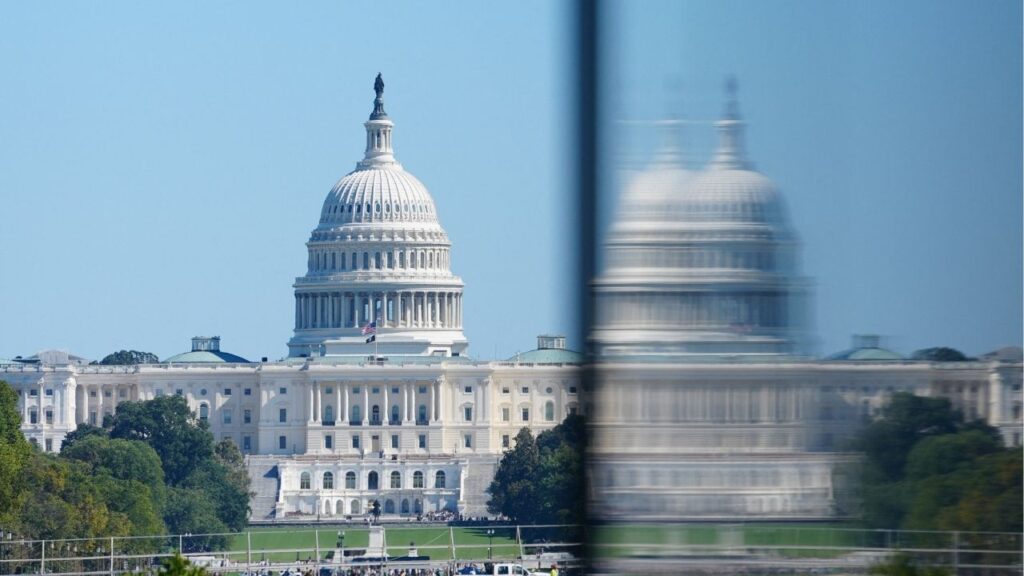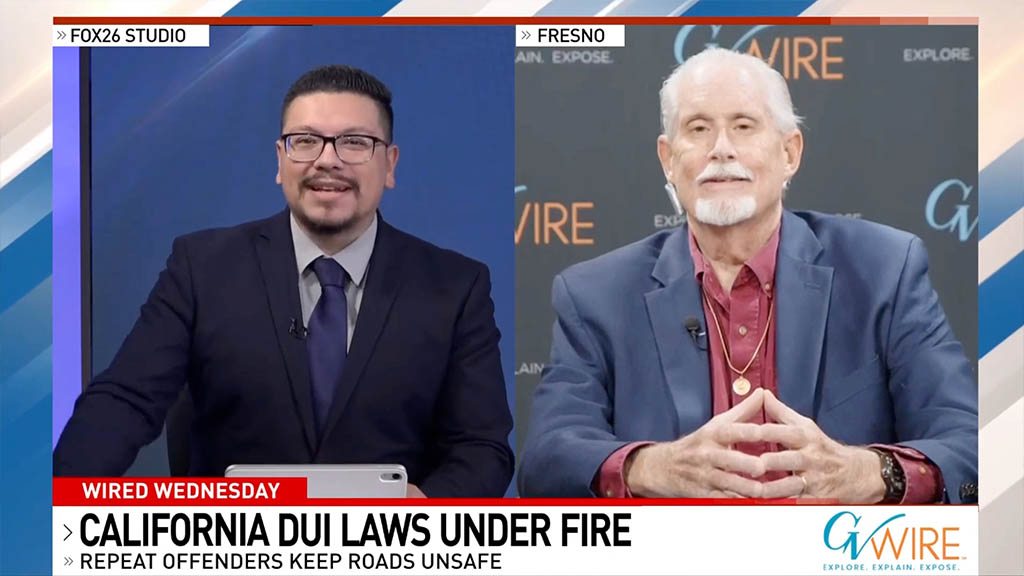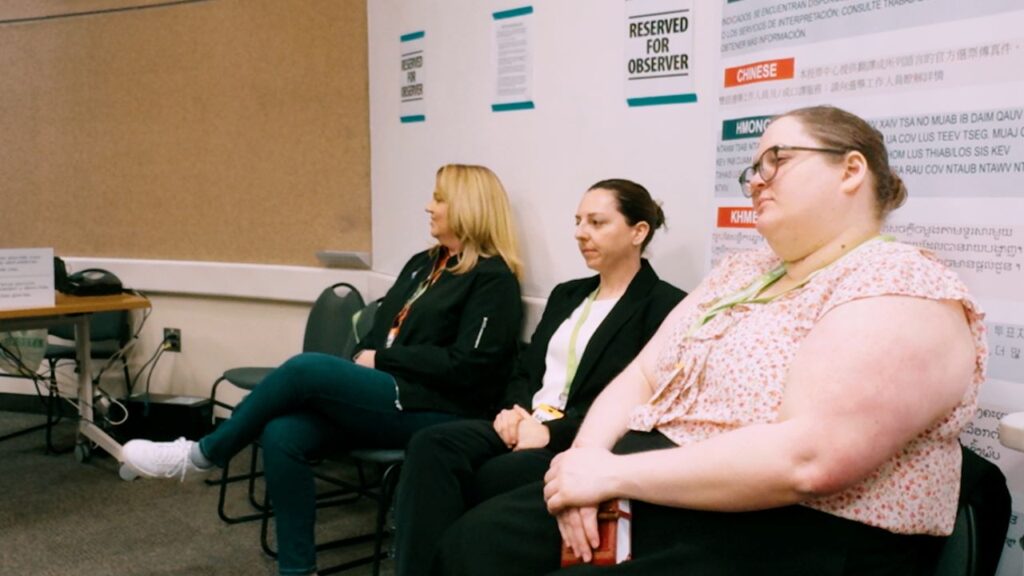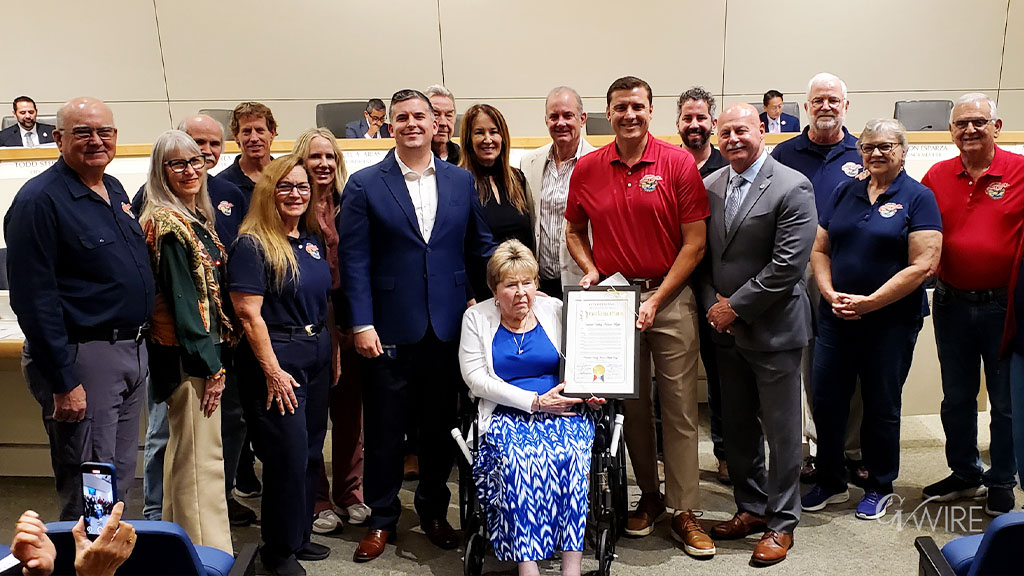Share
May is upon us, and it is not an exaggeration to say that nearly all of us have spent much of this spring transfixed by the escalating number of COVID-19 cases, as well as keeping a vigilant watch for any possible sign of infection: a new cough, a sore throat, an unexpected fever, or new shortness of breath.
COVID-19 is caused by severe acute respiratory syndrome coronavirus-2 (SARS-CoV-2), a name that emphasizes its ability to cause very serious respiratory disease.

Analysis
Amir Khan, M.D.
However, we in the medical community have increasingly become aware that while respiratory illness is the most well-known manifestation of COVID, there is emerging evidence indicating that this viral illness can also cause other very serious health problems that have not been as well-described. This includes stroke, an emergency condition caused by a disruption of blood flow in the brain, which strikes almost 800,000 Americans annually. Stroke is the third leading cause of death and the leading cause of permanent disability in the United States.
Despite these sobering statistics, those of us who regularly treat stroke typically instruct our patients regarding steps that can be taken to significantly reduce one’s risk of suffering a stroke. These include avoiding smoking, avoiding excessive alcohol use, adhering to a healthy diet, getting regular exercise, avoiding obesity; and effectively treating certain chronic medical problems such as high blood pressure, diabetes, and high cholesterol.
COVID-19 Stroke Patients Don’t Fit the Usual Profile
Now, there are now growing reports that COVID-19 can cause stroke in people who are at otherwise low risk, and even in individuals who do not have typical COVID symptoms. A series recently published in the New England Journal of Medicine described COVID-19 patients in New York City who were treated for the most severe form of ischemic, or blood-vessel blockage, stroke. All of these patients were much younger than the average stroke patient, ranging from only 33 to 49 years of age.
Shockingly, two of the five patients had no typical COVID-19 symptoms prior to suffering their stroke. The two youngest of these patients had no history of prior medical problems.
A different report from Spain describes a 36-year old woman whose stroke was ultimately fatal, with a diagnosis of COVID made well after the onset of her stroke. Doctors discovered large clots in several different arteries of her brain as well as in her aorta, the largest artery in the body.
A 52-year old correctional officer in Amarillo, Texas, in April similarly suffered a stroke at home, and tested positive for the virus only after reaching the hospital in critical condition. He, too, lost his life as a result of the stroke.
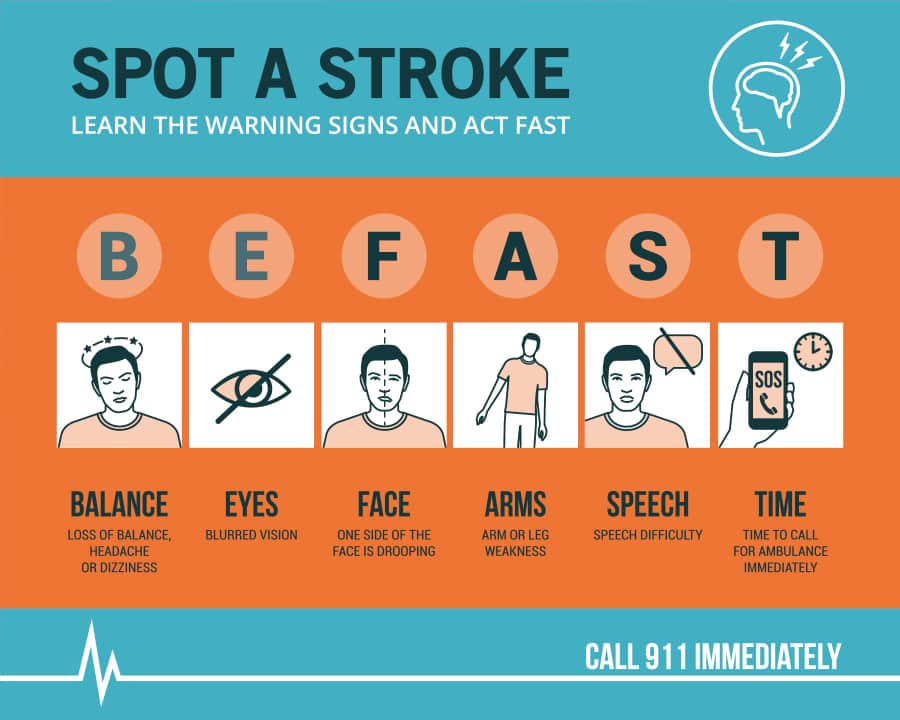
Seek Treatment as Quickly as Possible
Compounding the problem of COVID-19 related stroke risk, we also know that people all over the country are avoiding seeking emergency medical attention when they develop stroke symptoms, for fear of contracting the virus. However, in doing so they are tragically missing a vital treatment opportunity: potentially a fatal mistake. This is because, for the vast majority of stroke patients, the best chance of having a good outcome is tied to how quickly that patient can be treated.
Fortunately, we are in a golden age for the treatment of stroke, as the last two decades have brought tremendous treatment advances to a disease process that, for ages, had no real effective treatment. But, in order to benefit from these treatments, you must get to an emergency room, and get there fast.
We in the stroke treatment community use the simple slogan “Time is Brain” to drive home that important message, and it is a message that especially bears repeating during this challenging and confusing time.
May is American Stroke Awareness Month. This year, let’s use this opportunity to spread this information to others so that in a time of increased stroke risk, none of us are unprepared.
About the Author
Amir S. Khan, M.D., is UCSF associate professor at UCSF Fresno, director of Neuroendovascular Services, Community Regional Medical Center; and CRMC Stroke Program co-director.
RELATED TOPICS:
Categories

Washington Sandwich-Thrower Cleared of Assaulting US Agent

Ford Considers Scrapping F-150 EV Truck, WSJ Reports









